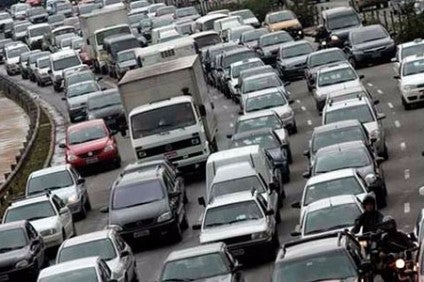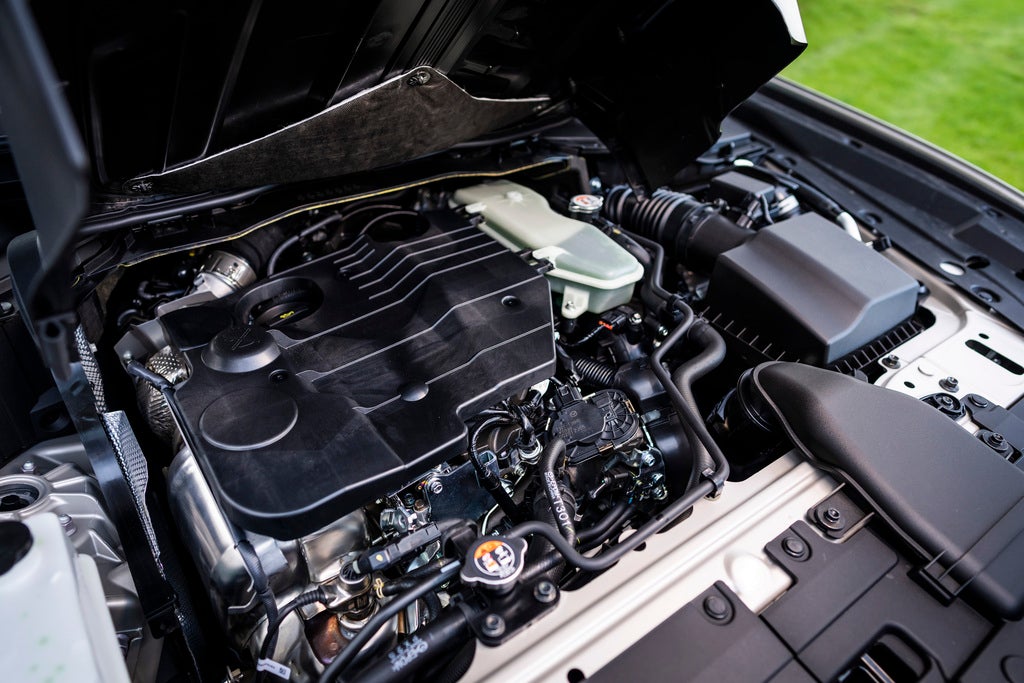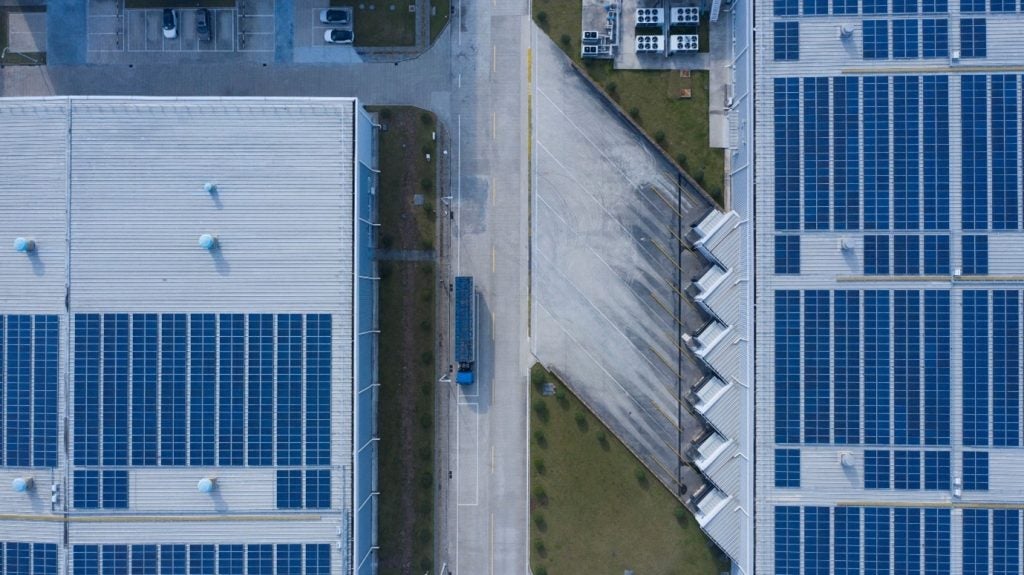
After the continuous lowering of the average age of the Brazilian vehicle parc, which lasted for nine consecutive years, the renewal has now reversed.
Between 2012 and 2016 alone, the proportion of vehicles up to five years old fell to 34% from 43% of the total fleet. The data was compiled by the auto parts industry association Sindipeças.
This is all the result of the economic crisis that started in 2013. With many of the population unable to afford to trade in their old car for a new one, the average fleet age last year rose to nine years and four months. Yet this is considered fair when compared internationally when the country's size and 'severe use' conditions (due mainly to poor road maintenance) are considered.
There is no compulsory technical inspection either, which some think could increase vehicles' useful, life spans, as is the case in Japan, for example.
Sindipeças sees the current 42.9m Brazilian fleet of cars and light/heavy commercials continuing to age in coming years. But the fleet won't shrink if yearly sales exceed 1.72m units.
See Also:
Sales reaching a shade under 2m units was expected for this year but first half volume grew by a better-than-forecast 4%. Since the second half usually is better than the first in Brazil, the 2017 tally may grow as much as 9% according to the more optimistic predictions.
How well do you really know your competitors?
Access the most comprehensive Company Profiles on the market, powered by GlobalData. Save hours of research. Gain competitive edge.

Thank you!
Your download email will arrive shortly
Not ready to buy yet? Download a free sample
We are confident about the unique quality of our Company Profiles. However, we want you to make the most beneficial decision for your business, so we offer a free sample that you can download by submitting the below form
By GlobalData





